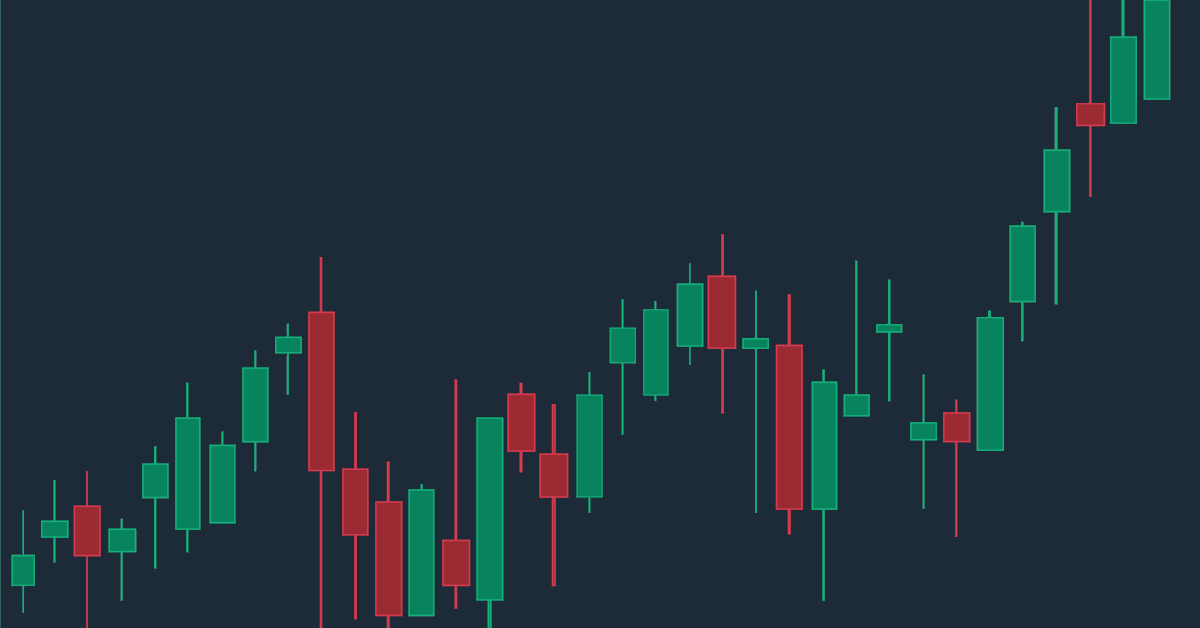Oil prices saw a lift this Monday morning in Asia, thanks to a last-minute extension of trade negotiations between the US and the EU by President Trump. Let’s be real, folks – the mere threat of a transatlantic trade war was chilling the global economy, and subsequently, demand for fuel. A tariff escalation would have been a gut punch.
IG Markets analyst Tony Sycamore nails it: “The extension boosted both oil and US equity futures.” But don’t pop the champagne yet. This is merely a temporary reprieve.
Here’s the truth: trade and tariff chatter, coupled with those lingering fiscal anxieties, are going to be the dominant forces shaping risk sentiment and, crucially, oil prices this week. Keep a very close eye on developments.
Let’s dive a bit deeper into why tariffs are such a big deal for oil. Firstly, tariffs increase the cost of goods, potentially slowing economic growth. Slower growth equals lower demand for energy.
Secondly, trade disputes create uncertainty. Businesses hesitate to invest when they don’t know what the future holds, leading to further economic slowdown, and reduced energy consumption.
Finally, specific tariffs on goods can disrupt supply chains. This can affect the transportation of crude oil and refined products, adding to price volatility. Don’t underestimate the ripple effect. It’s far-reaching.
This isn’t just about trade deals; it’s about the health of the global economy and its insatiable appetite for oil. We’re walking a tightrope here, and one wrong move could send prices tumbling.







